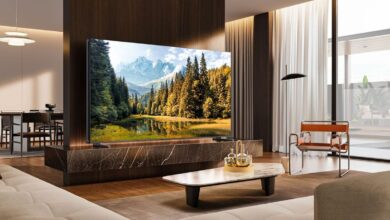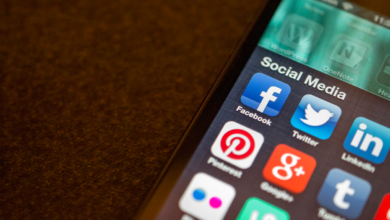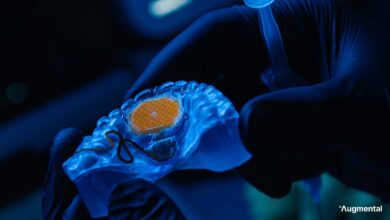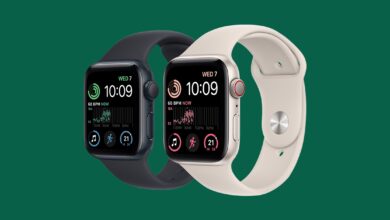LCD, IPS, OLED and Quantum Dot: All the Confusing Display Terminology Explained
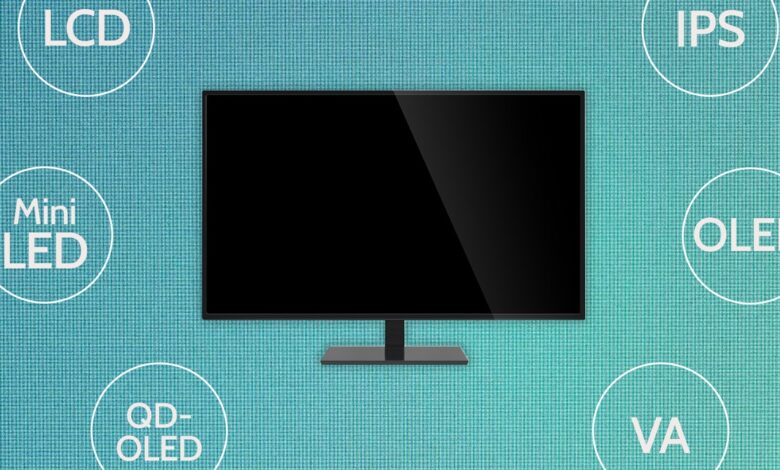
This technology has slower response times and shallower viewing angles, which is why it’s less common than IPS. They’re also typically a bit more expensive than IPS panels, so if contrast is important to you, you might have to pay more for it.
Mini-LED: Local dimming on a smaller scale
The backlight on most LCDs is typically bright across the entire screen, but TVs have found a way to get better contrast by introducing local dimming. The only problem is that creating an array of backlights that can be controlled independently is difficult to scale down to smaller screens.
Enter Mini-LED. Mini-LED is smaller than a regular LED backlight (about 200 micron), meaning display makers can cram more into a smaller space. To the tune of thousands of local dimming zones in laptop and tablet displays. Strictly speaking, Mini-LED is a backlight technology and can be combined with a number of different types of LCD panels, but it will improve contrast and black levels on whatever panel it’s used for. There’s also a technology called “Micro LED,” where the pixels act as their own backlight, but for now that’s limited to super-large (and extremely expensive) displays.
OLED: The Holy Grail of Black Levels
One of the few alternatives to liquid crystals is organic light-emitting diodes (or OLEDs). These panels use pixels that emit their own light, eliminating the need for a backlight. Since each pixel can emit its own light, there is no excess light spill in the dark parts of the image. The black level on an OLED panel is essentially infinite, since any pixel that is not functionally active is the same as if the screen were off.
Because they don’t have a backlight, OLED panels are extremely good at producing high-contrast images and accurate color reproduction. However, unlike LCD displays, they are more susceptible to burn-in. Additionally, there aren’t many companies that manufacture these panels. In fact, the majority of OLED panels are manufactured by one manufacturer: LG.
This makes OLED panels more expensive than regular LCDs, although prices have come down to more reasonable levels in recent years. However, if you want the best possible picture, you’ll likely find an OLED panel, and they can cost more than comparable LCDs.
QD OLED vs WOLED: OLED is brighter
Quantum dot OLED (or QD-OLED) is a relatively new product in Samsung’s display space. Although OLEDs emit their own light, they still need to use filters to produce red, green, and blue wavelengths. Conventional OLEDs use a white subpixel to produce that light, increasing the brightness from each pixel.
Similar to other quantum dot displays, QD-OLEDs use a blue OLED as a light source that is then shined onto quantum dots to produce the red and green light needed to create a full-color image. This method combines the benefits of OLED (no need for a separate backlight, high-contrast images) with the advantages of quantum dots (less light lost through filters, more direct control of color accuracy).
Recent displays using QD-OLED are among the best-looking panels we’ve ever tested at WIRED. For example, the Samsung S95C (8/10, WIRED recommends) wowed WIRED senior editor Parker Hall with its perfect black levels, vibrant colors, and wide viewing angles.
WOLED is a similar technology that also aims to make things brighter, but also comes with a white OLED layer. This technology is used in LG’s high-end models like the new C4 (9/10, WIRED recommends) to achieve a maximum brightness of over 1000 nits.
Since QD-OLED and WOLED panels are relatively new, displays using them can be quite expensive right now, but you’ll likely be hard-pressed to find better image quality on a display that doesn’t use them.
